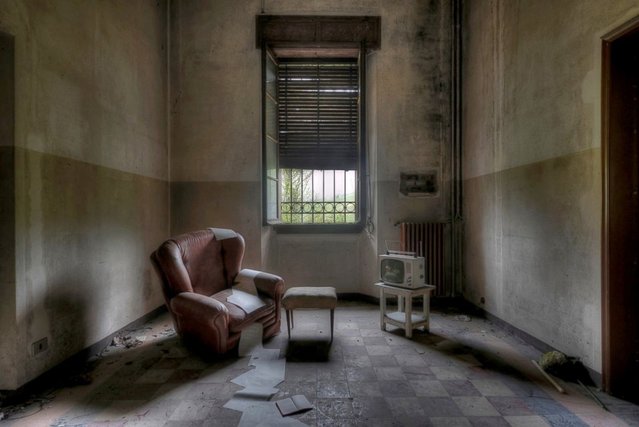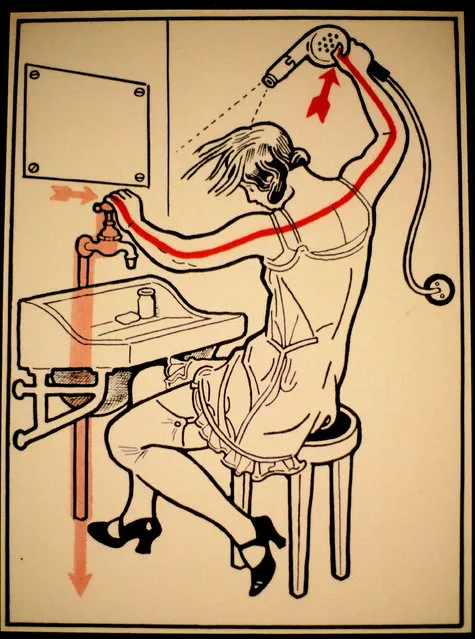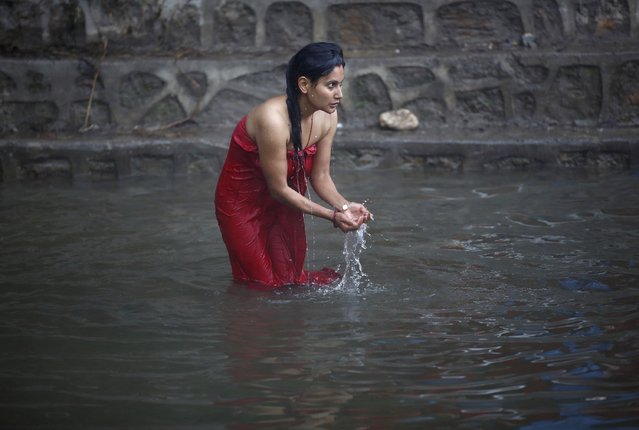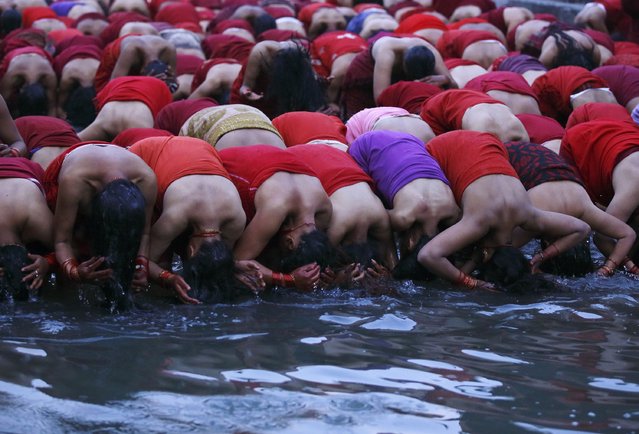
Pascal Campion is a French-American illustrator and animator. He studied narrative illustration at Arts Decoratifs de Strasbourg, in France. He revels in the company of his wife and daughter and finds it very hard to write about himself. He works in a studio with high ceilings in
San Francisco. Pascal has worked in a wide variety of media, from games, music videos, feature films to books.
20 Sep 2013 10:28:00,post received
0 comments







